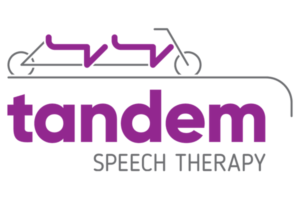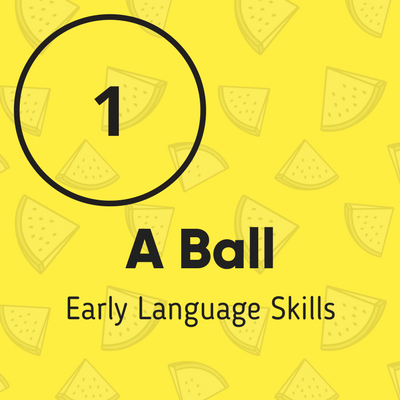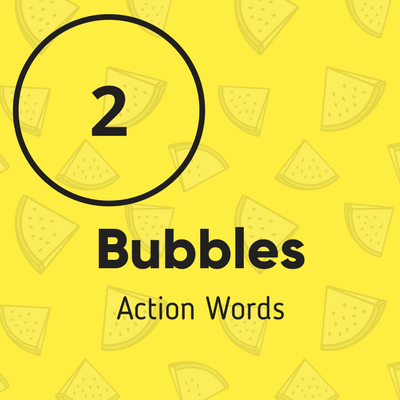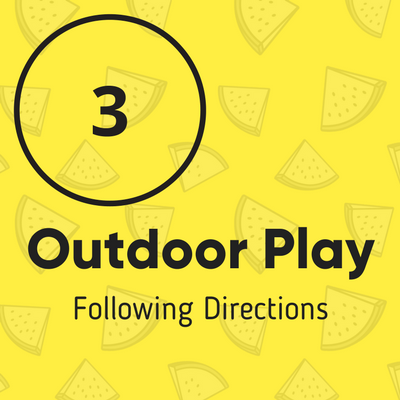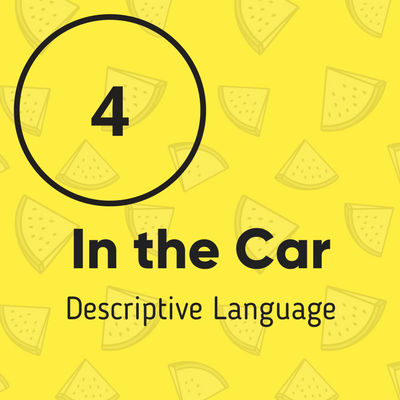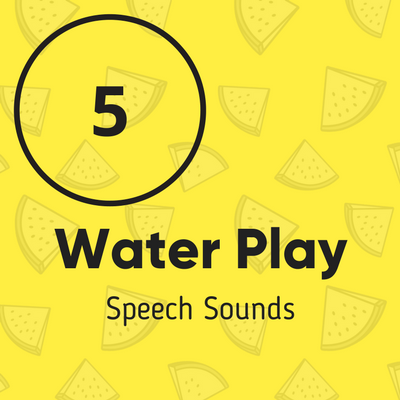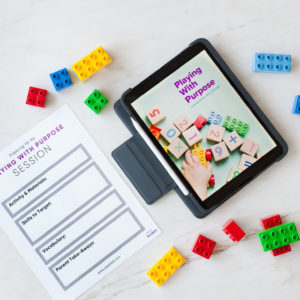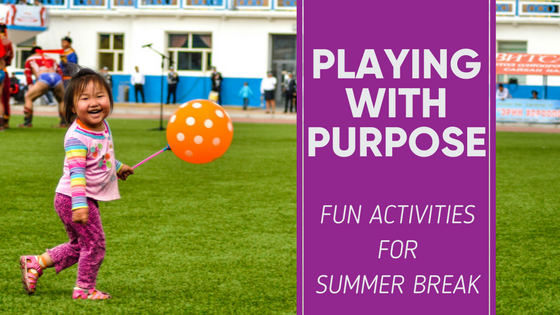
Summer break is quickly approaching. That means time for fun in the sun, family vacations, and plenty of Playing With Purpose! Perhaps your child receives speech therapy during the school year and you are looking for support to maintain their skills. Or maybe you want to use the extra time the summer may afford you, to boost your child’s language. Follow these summer break tips, from previous Playing With Purpose posts, to create opportunities to grow your child’s speech and language skills.
Summer Break Tip #1: use a ball to teach turn-taking. You can begin this activity with a child when they are young and just starting to sit up on their own. Get down on the floor and have your child sit in your lap. Then have another caregiver sit across from you. Help the child push/roll the ball to the person across from them. Continue back and forth as long as your child is enjoying the game. Again, this is setting up what is known as “serve and return” or reciprocal play. It is a foundational skill children must learn that will later help them engage in conversational turn-taking.
Summer Break Tip #2: teach action words/verbs while blowing bubbles. Vocabulary you should highlight can include the following: want, pop, blow, again, dip, all done, up, down, in, out, on, off, round and round (when turning the lid), wet, sticky, big, and small. You can also practice using the word “go” in a fun phrase completion activity by saying “Ready, set, go” with excitement. Then repeat it, pause after the word “set,” and wait to see if your child will fill in “go” before you start blowing the bubbles again. Remember to keep your language level at your child’s level.
Summer Break Tip #3: go to the playground or playscape at your neighborhood park to encourage skills such as following directions, sequencing, and auditory memory. This is a fantastic location to build an outdoor obstacle course. Adding movement to your child’s play also promotes multi-sensory learning. Choose 3-5 activities and tell your child the sequence. An example is, “Go down the slide, walk under the swing, and then jump 2 times next to the ladder.” If your child has difficulty remembering the steps, then model the sequence for him and see if he can follow the routine. After your child has completed the obstacle course, have her retell/recall the steps to build her expressive language.
Summer Break Tip #4: play the game ‘I Spy’ on a road trip to work on vocabulary and descriptive terms. For an older child (ages 4 and up), describe something for him and see if he can guess what it is. For example, say “I spy something red, that’s an octagon, and has the letters s-t-o-p on it.” You can adapt your descriptions to your child’s skill level. If your child is just beginning to work on colors and shapes, you might use a lot of those in your descriptions. However, if your child is older and working on learning adjectives and more complex language, you can include more of those in your descriptions.
Summer Break Tip #5: make speech sound work interesting by practicing at your water table. Gather items that begin with your child’s target speech sound and place them in the water. For example, if your child is working on /k/ then you could get a cup, car, can, some pretend food (i.e., corn, cookie, candy). Say the words and encourage your child to repeat them after you. You can also have your child use their words in a simple sentence like, “I have a cup,” for practice at the phrase level.
*Note: each of the yellow, numbered squares is also a link to the larger PWP post.
Want to learn more strategies?
Start Playing With Purpose
Learn how to purposefully and intentionally interact with your child during play and help them increase opportunities for speech and language development with our Playing with Purpose book!
